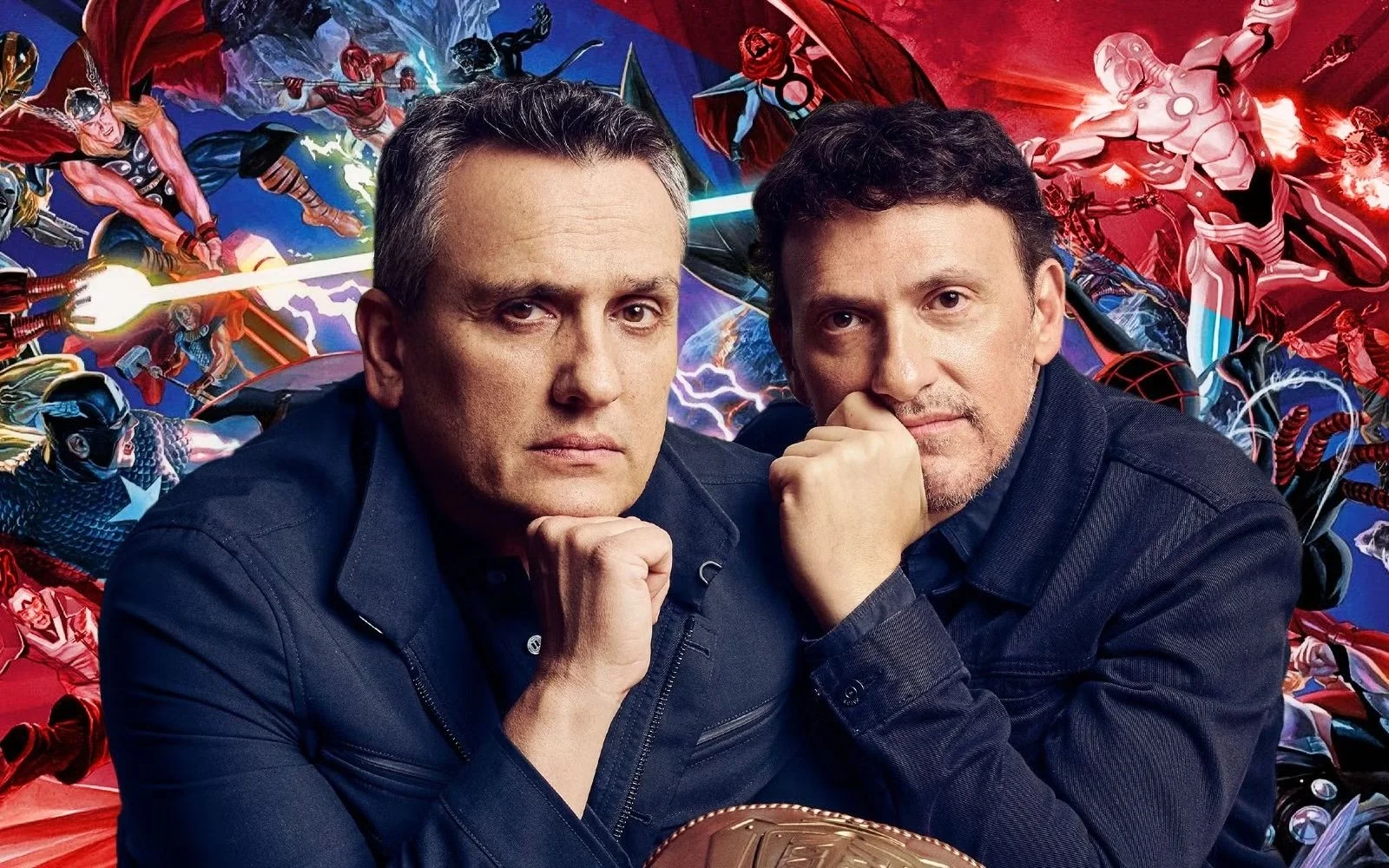Behind the Panels: The Best Collaborations Between Comic Book Creators and Movie Directors
Let’s get one thing straight — translating a comic book to film is no mere act of adaptation. It's alchemy. You're taking the shorthand visual poetry of 22-page panels, dreamed up by overcaffeinated visionaries, and converting them into multimillion-dollar spectacles. Sometimes, that transformation gets messy. Other times? Magic.
Below are some of the best moments when comic creators and Hollywood directors joined forces, not just to retell a story, but to elevate it. This isn’t about slavish loyalty to the page — it's about synergy.
1. Frank Miller & Robert Rodriguez – Sin City (2005)
Here’s a rare case where a comic book creator wasn’t just consulted — he co-directed. Frank Miller’s Sin City wasn't adapted into a movie so much as it was photocopied into motion. Rodriguez, forever the maverick, handed Miller a director’s chair and even quit the Director’s Guild to do it.
The result? A shot-for-shot noir-fest that felt like the panels came to life — complete with the grim monologues, stylized gore, and grayscale insanity fans loved. It was a gamble, but one that paid off, commercially and critically.
Collector takeaway: Interest in first prints of Sin City: The Hard Goodbye surged after the film. If you’re holding a CGC 9.8? Hang on tight.
2. James Gunn & John Ostrander – The Suicide Squad (2021)
James Gunn knows how to juggle misfits, and when he took the reins of The Suicide Squad, he reached back to John Ostrander’s 1980s comics for the tone — irreverent, violent, and surprisingly heartfelt. Ostrander even got a cameo as the scientist who implants the brain bombs.
The film wasn’t just a reboot — it was a love letter to Ostrander’s version of the team: chaotic, cynical, and somehow still charming. Gunn’s deep dive into comic lore helped elevate obscure characters like Polka-Dot Man and Ratcatcher II into cult favorites.
Collector takeaway: Expect random 80s issues of Suicide Squad and Legends #3 (the first appearance of the team) to keep ticking upward.
3. Ed Brubaker & The Russo Brothers – Captain America: The Winter Soldier (2014)
Marvel took a sharp tonal turn with The Winter Soldier, and the Russos owe a lot of that political thriller vibe to Brubaker’s run on Captain America. Brubaker, who redefined Bucky Barnes as a brainwashed Soviet assassin, made Steve Rogers interesting again. Yes, really.
While Brubaker didn’t get script credit, he was on set and contributed to the tone and structure. He also cameoed as the scientist overseeing Bucky’s conditioning — poetic justice for a writer who gave the MCU one of its most compelling arcs.
Collector takeaway: Captain America #6 (2005) – the modern first full appearance of Winter Soldier – is a modern key that’s still undervalued relative to its influence.
4. Chris Claremont & James Mangold – Logan (2017)
Logan may have drawn visual inspiration from Mark Millar’s Old Man Logan, but the soul of the film — the tortured, reluctant hero at the end of his rope — is pure Claremont.
Mangold’s reverence for Wolverine’s deeper struggles with identity, violence, and redemption echoes decades of Claremont’s writing. And yes, Claremont made a cameo in the film, sitting at a funeral — because even legends have to mourn their creations sometimes.
Collector takeaway: Uncanny X-Men #133, #205, and #251 — all Claremont-driven Wolverine tales — feel more essential now than ever.
5. Todd McFarlane... TBD
This one’s cheating — it hasn’t happened yet, but McFarlane has been trying to bring Spawn back to the screen, this time under his own direction. It’s been development purgatory for years, but if and when it hits, it’ll be the ultimate creator/director project.
McFarlane is a unicorn in comics: a creator with business clout, fanboy loyalty, and a cinematic eye. He will make that movie happen. Whether it's brilliant or bonkers? We’ll see.
Collector takeaway: Spawn #1 remains one of the highest-selling indie comics ever — and a CGC 9.8 newsstand edition will likely get another boost if the film materializes.
Final Panels
Let’s be honest: comic fans are a passionate — okay, obsessive — bunch. So when a director gets it right, and when a creator is part of the ride, we notice. These partnerships aren’t just good for the box office. They keep the source material alive, spark renewed interest in long-box back issues, and most importantly, they show the rest of the world what we already knew — comics are cinema, just waiting to move.
So next time a creator pops up in the credits (or in a lab coat cameo), take note. You might just be watching history — and the future of your CGC slabs — unfold.













